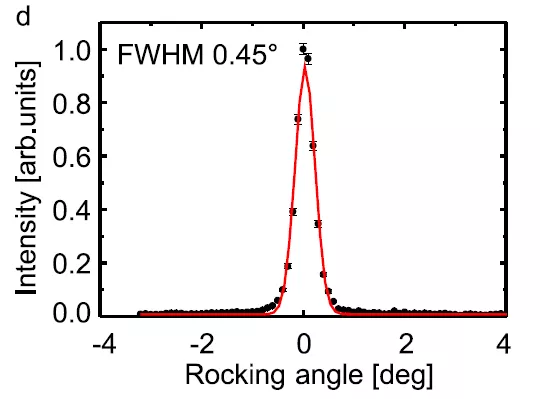The discovery of the skyrmion lattices has evoqued a large interest since 2009. An open question was the direct microscopic evidence of the special topological properties of a skyrmion lattice in samples.
Using small angle scattering at MIRA at FRM II and V4 at HZB, Tim Adams and the same team from Munich and Cologne have succeeded in finding the evidence. They report in Physical Review Letters about their discovery. Using a neutron scattering trick, the so-called Renninger scan, they managed to highly suppress parasitic scattering signals.
Original Publication:
Long-Range Crystalline Nature of the Skyrmion Lattice in MnSi Phys. Rev. Lett. 107, 217206 (2011)
T. Adams, S. Mühlbauer, C. Pfleiderer, F. Jonietz, A. Bauer, A. Neubauer, R. Georgii, P. Böni, U. Keiderling, K. Everschor, M. Garst, and A. Rosch
DOI:
